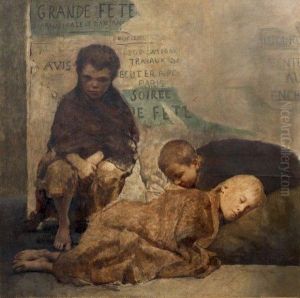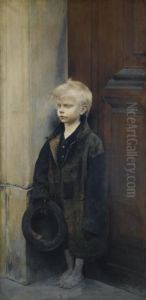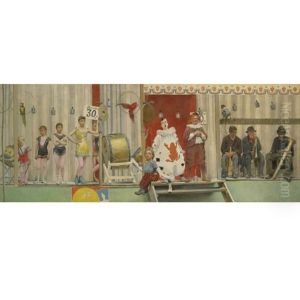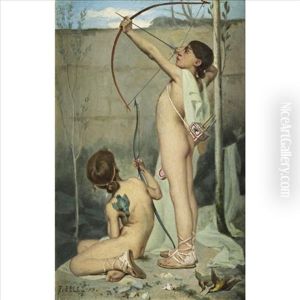Fernand Pelez Paintings
Fernand Pelez was a French painter known for his detailed portrayal of social realities of his time, often with a focus on the underprivileged and marginalized segments of society. Born in Paris, France, on January 18, 1843, into an artistic family, Pelez was destined to follow in the footsteps of his father, who was also an artist. He trained at the École des Beaux-Arts in Paris under Alexandre Cabanel, a prominent academic painter, which significantly influenced his early work and style.
Pelez's early work was marked by academic subjects and portraits, which were well received in the Paris Salon, where he exhibited regularly. However, as his career progressed, his focus shifted towards realism and social commentary. This transition was reflective of a broader movement in the art world, where artists began to reject romanticized depictions of reality in favor of a more honest and sometimes stark portrayal of life.
One of Pelez's most notable works is 'Grimaces et misère' (also known as 'The Saltimbanques' or 'The Acrobats'), which illustrates the harsh realities faced by circus performers, a theme that resonated with the public and critics alike for its empathetic portrayal of the less fortunate. His ability to capture the vulnerability and dignity of his subjects without resorting to sentimentality or melodrama set him apart from his contemporaries.
Despite his contributions to the art world and the unique niche he carved for himself, Fernand Pelez did not achieve the same level of fame as some of his contemporaries, such as the Impressionists, who were gaining popularity at the time. Nevertheless, his work provides a valuable insight into the social conditions of late 19th and early 20th century France and remains of interest to art historians and collectors today.
Pelez's later years were marked by a decline in his popularity, and he died in obscurity on August 7, 1913, in Paris. However, recent exhibitions and scholarly work have started to reevaluate his contribution to art, recognizing him as a significant figure in the social realism movement. Through his paintings, Fernand Pelez offered a poignant and unflinching look at the social issues of his era, making his work an important part of the artistic and cultural heritage of France.
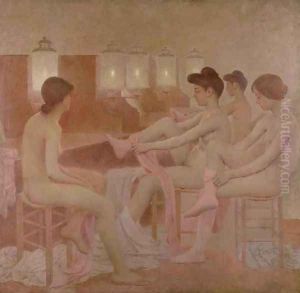
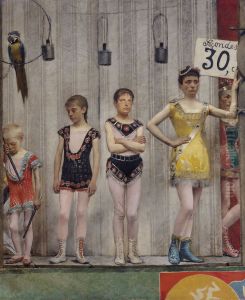
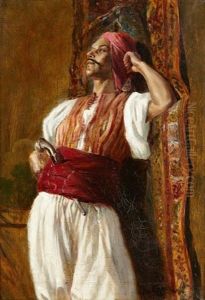




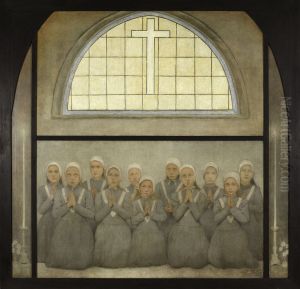


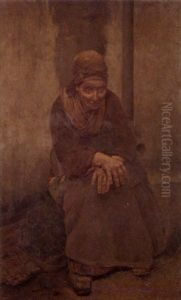










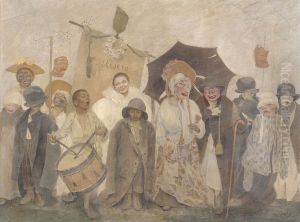
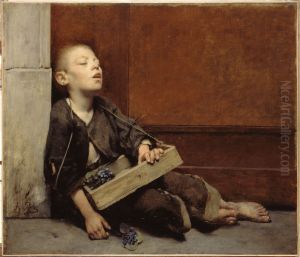


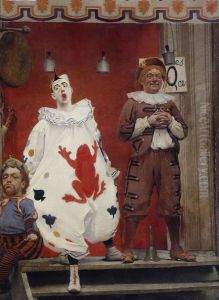
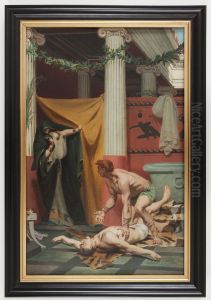
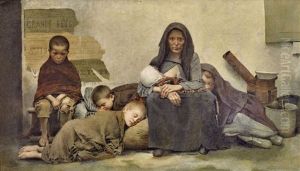

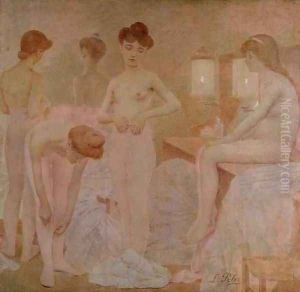

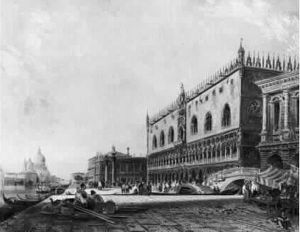
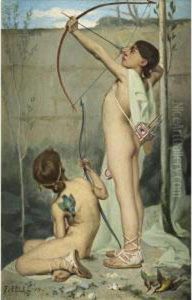

![Les Petites Archers [, The Little Archers, Oil On Canvas Signed And Dated]](https://www.niceartgallery.com/imgs/889206/s/fernand-pelez-les-petites-archers-the-little-archers-oil-on-canvas-signed-and-dated-bd42d871.jpg)

